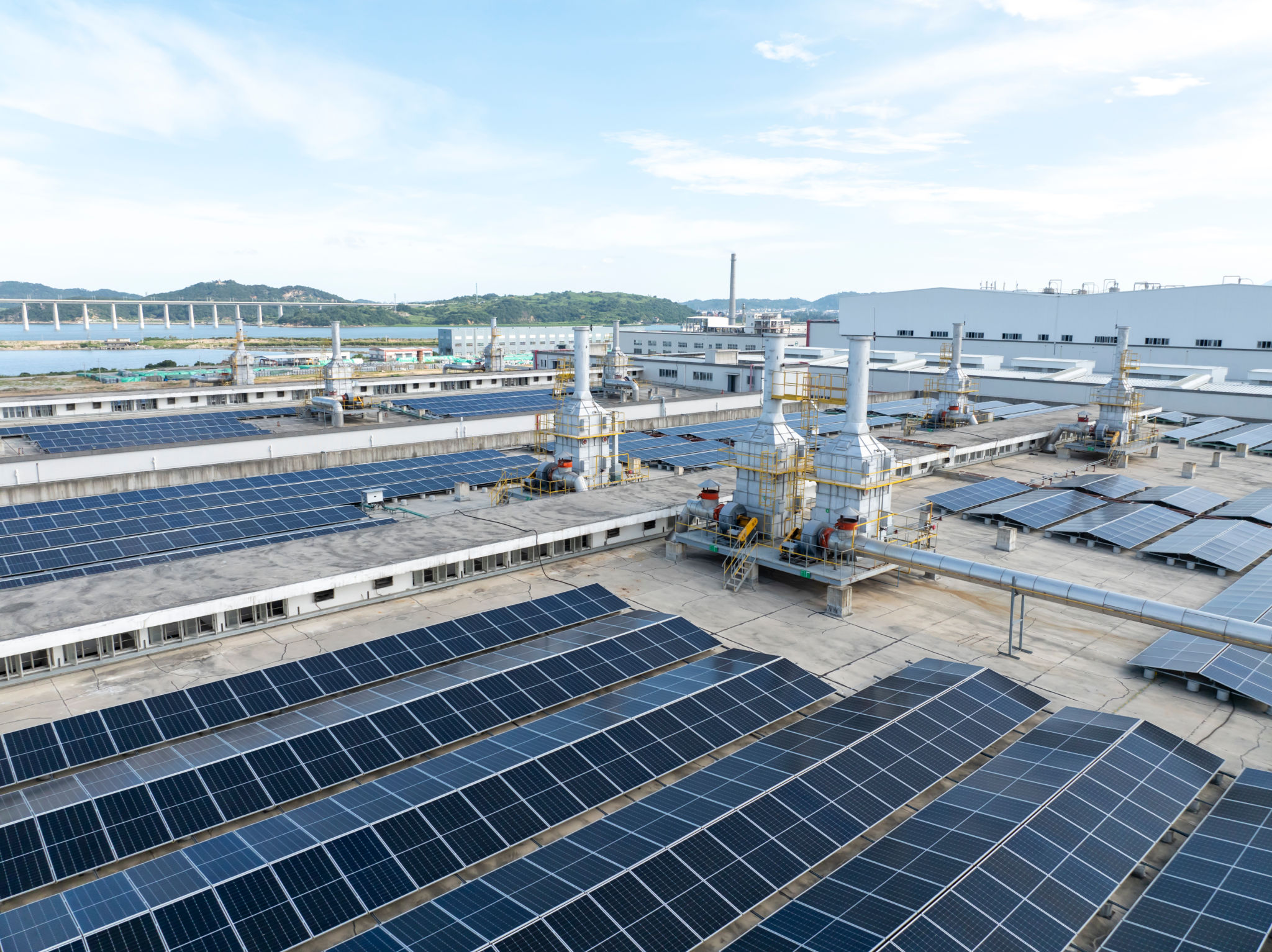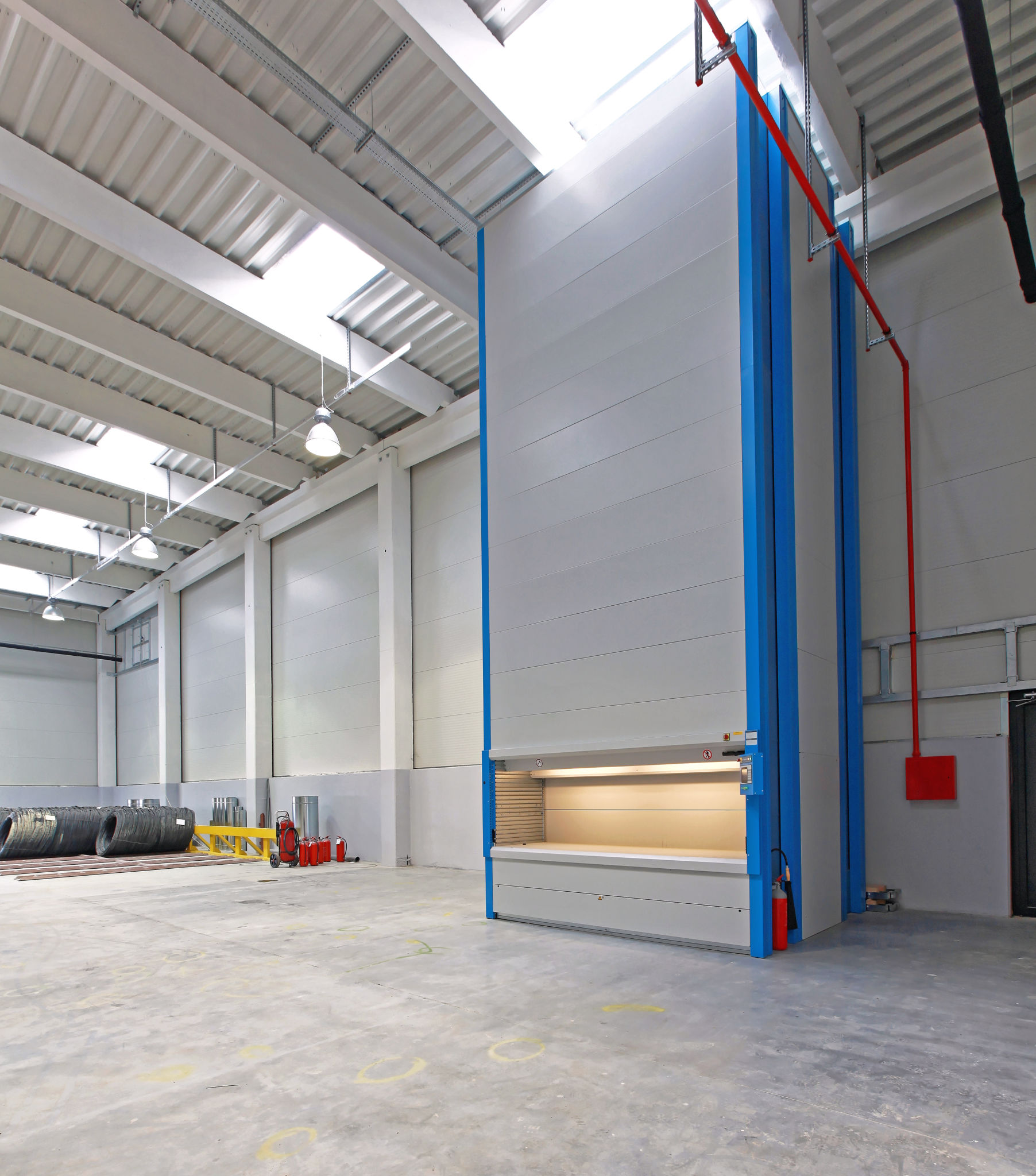Eco-Friendly Warehouse Designs: Sustainable Solutions in Perris
Introduction to Eco-Friendly Warehousing
As businesses increasingly recognize the importance of sustainability, the demand for eco-friendly warehouse designs is on the rise. In Perris, a city known for its commitment to environmental responsibility, innovative solutions are being implemented to create greener, more efficient warehouses. These designs not only reduce environmental impact but also offer economic benefits through energy savings and enhanced operational efficiency.
Eco-friendly warehouses are designed with sustainability at their core. They incorporate a variety of elements that minimize waste, reduce energy consumption, and promote sustainable practices. From solar panels to energy-efficient lighting, these features are transforming traditional warehouses into hubs of green innovation.

Energy Efficiency and Renewable Resources
One of the key components of an eco-friendly warehouse is energy efficiency. This begins with the use of renewable energy sources such as solar panels, which convert sunlight into electricity, significantly reducing reliance on fossil fuels. In Perris, many warehouses are now equipped with rooftop solar installations that not only power operations but also contribute excess energy back to the grid.
Additionally, implementing energy-efficient lighting systems such as LED lights can further decrease electricity consumption. These lights use up to 75% less energy than traditional incandescent bulbs and have a longer lifespan, which means reduced maintenance costs and lower electricity bills.

Water Conservation Strategies
Water conservation is another critical aspect of sustainable warehouse design. In Perris, where water resources are precious, warehouses are adopting innovative water-saving techniques. These include rainwater harvesting systems that collect and store rainwater for non-potable uses such as irrigation and toilet flushing. Such systems significantly reduce the demand for municipal water supplies.
Moreover, installing low-flow fixtures and smart irrigation systems can help manage water usage efficiently. These fixtures minimize water waste without compromising functionality, ensuring that every drop is used wisely.

Sustainable Building Materials
The choice of building materials plays a vital role in the sustainability of a warehouse. Eco-friendly warehouses in Perris often utilize recycled and locally sourced materials to reduce their carbon footprint. Materials like recycled steel, reclaimed wood, and sustainable concrete are popular choices due to their durability and lower environmental impact.
Additionally, using non-toxic paints and finishes can improve indoor air quality by reducing harmful emissions. This not only benefits the environment but also creates a healthier working environment for employees.
Efficient Space Utilization
Maximizing space efficiency is another crucial factor in sustainable warehouse design. Implementing vertical storage solutions and automated systems can optimize the use of available space, reducing the need for additional construction. By making the most of existing space, businesses can minimize land use and decrease their overall environmental impact.

The Economic Advantages of Green Warehousing
While the environmental benefits of eco-friendly warehouses are significant, there are also substantial economic advantages. Energy savings from efficient systems can lead to lower operational costs over time. Additionally, sustainable practices can enhance a company's brand image and attract environmentally conscious customers.
Government incentives and tax breaks for green building initiatives further add to the financial appeal of eco-friendly warehouse designs. These incentives can help offset initial investment costs and make sustainable solutions more accessible to businesses in Perris.
In conclusion, the shift towards eco-friendly warehouse designs in Perris reflects a growing commitment to sustainability and innovation. By embracing these sustainable solutions, businesses can contribute to a healthier planet while enjoying the economic benefits of reduced energy costs and enhanced operational efficiency.